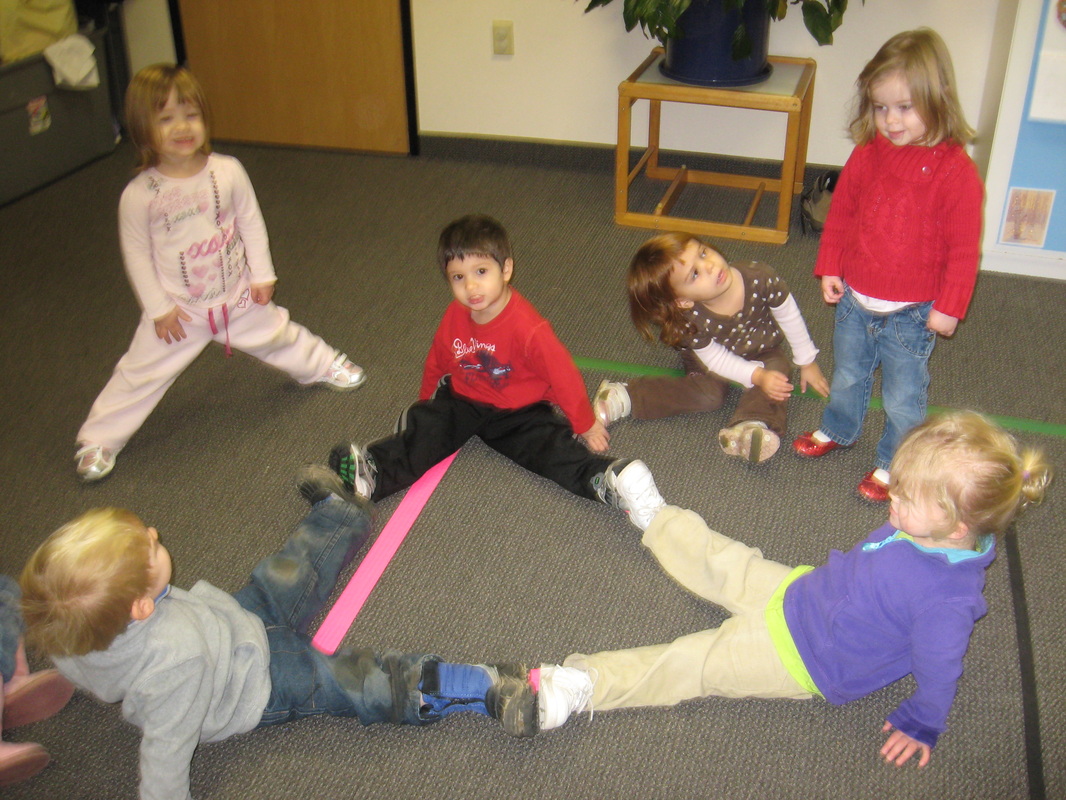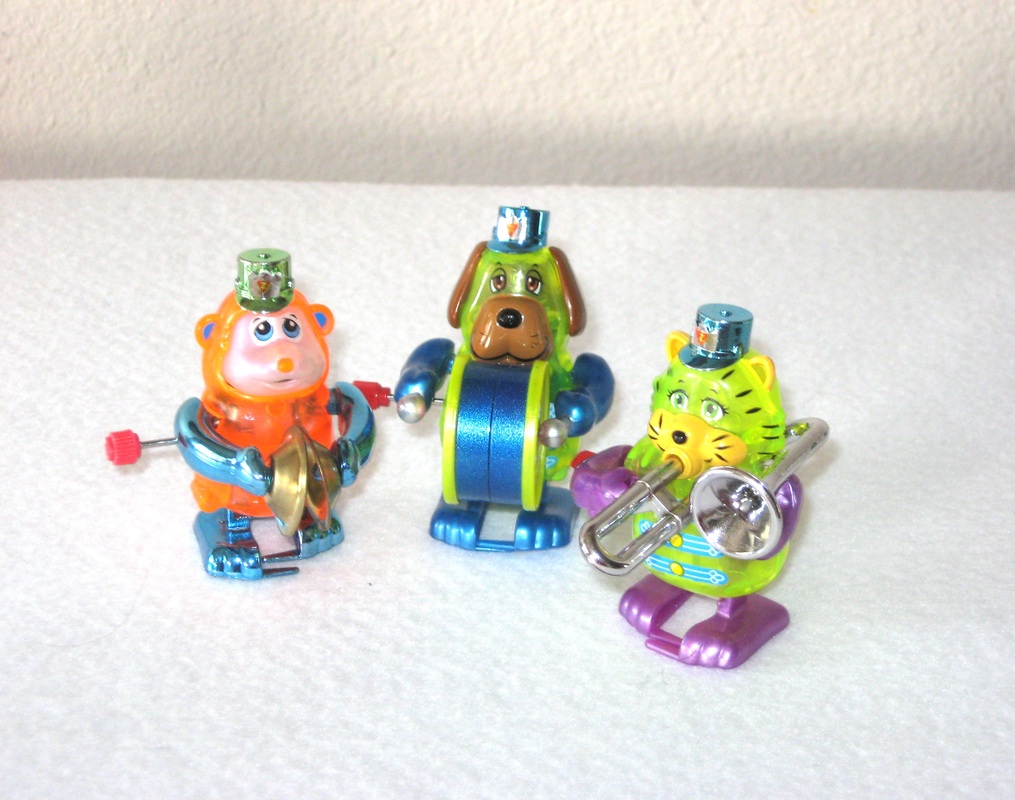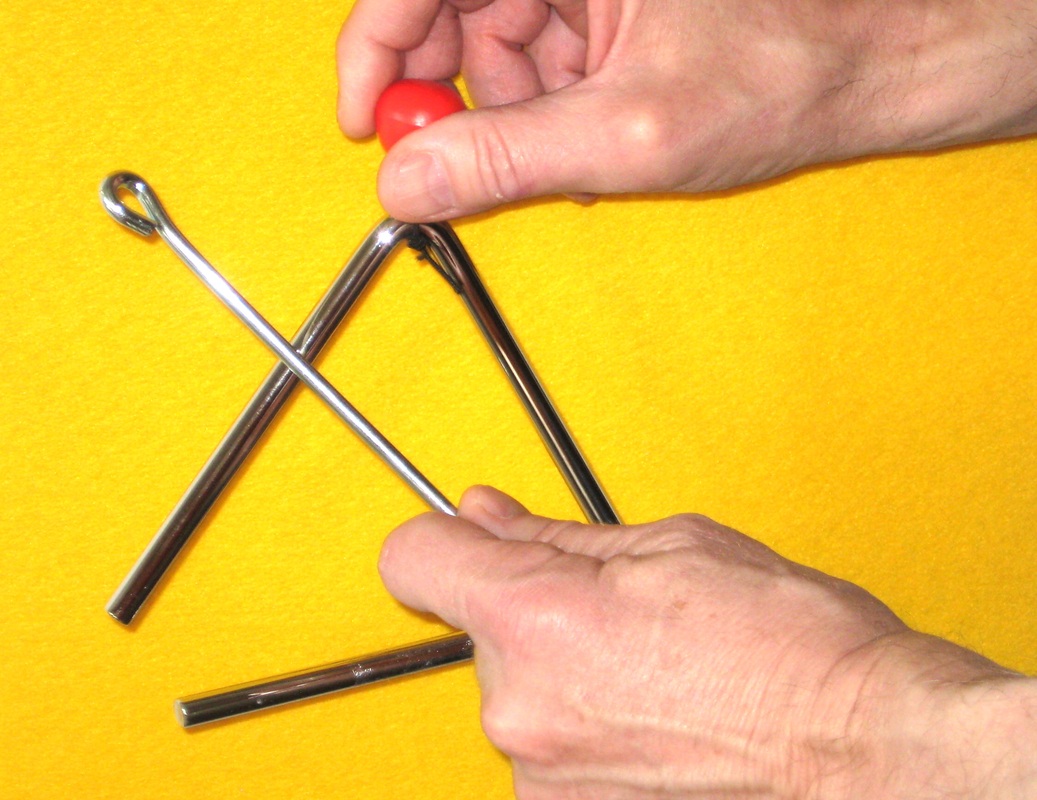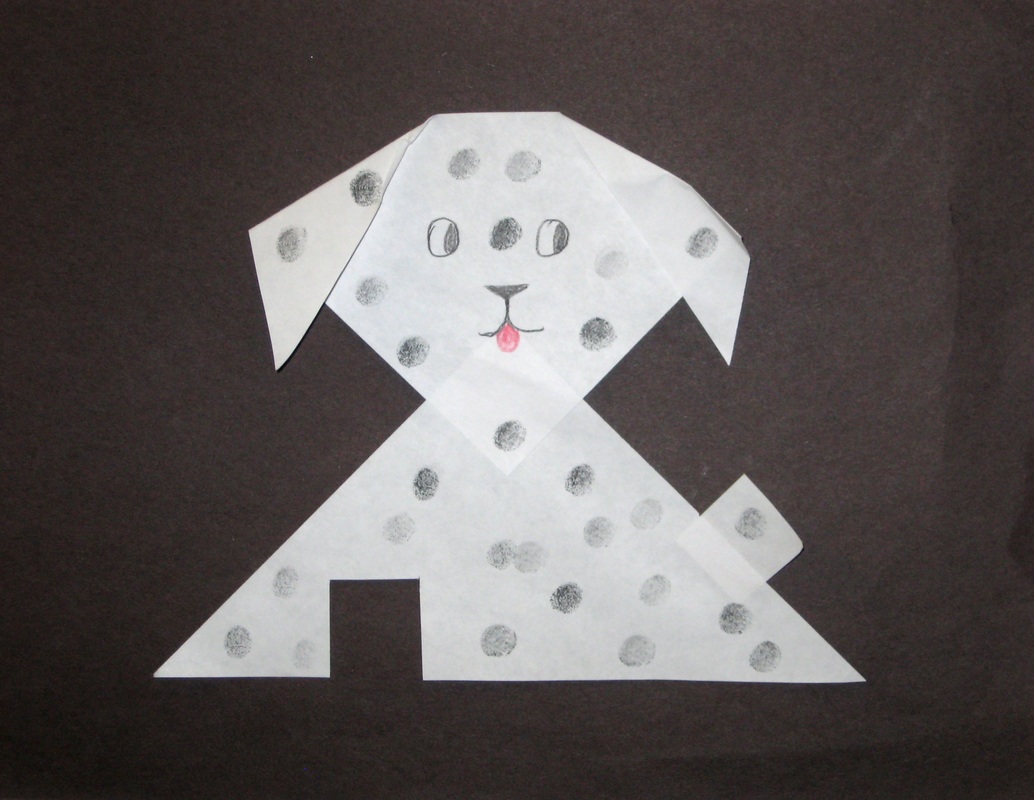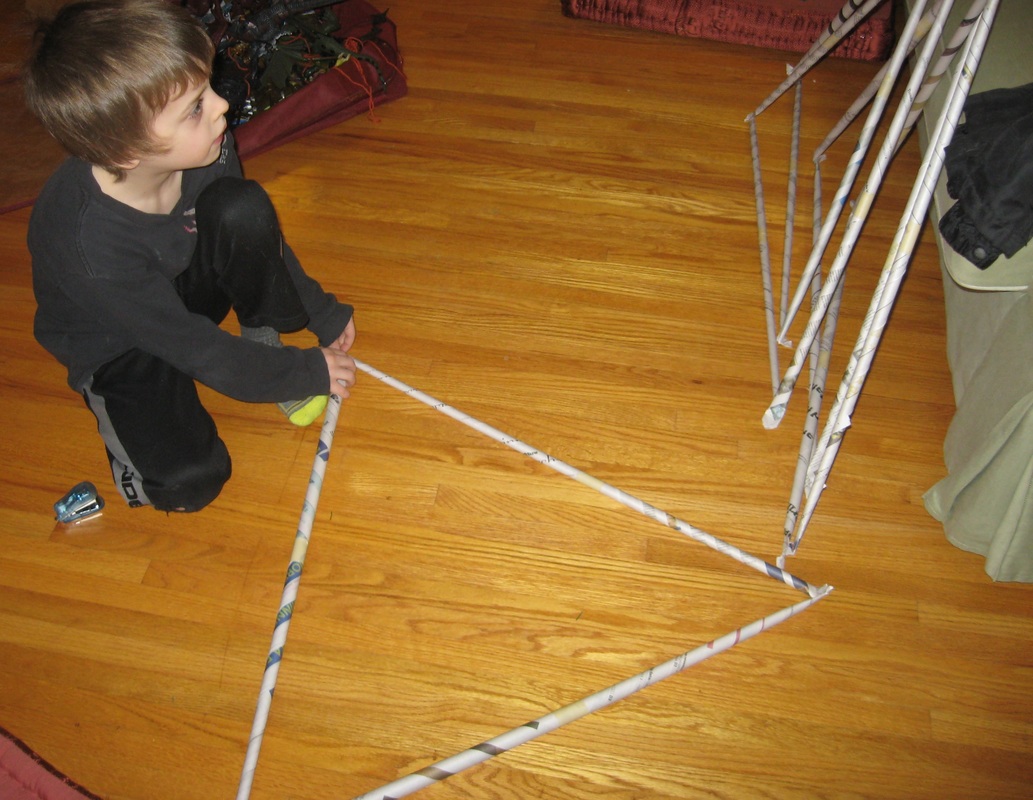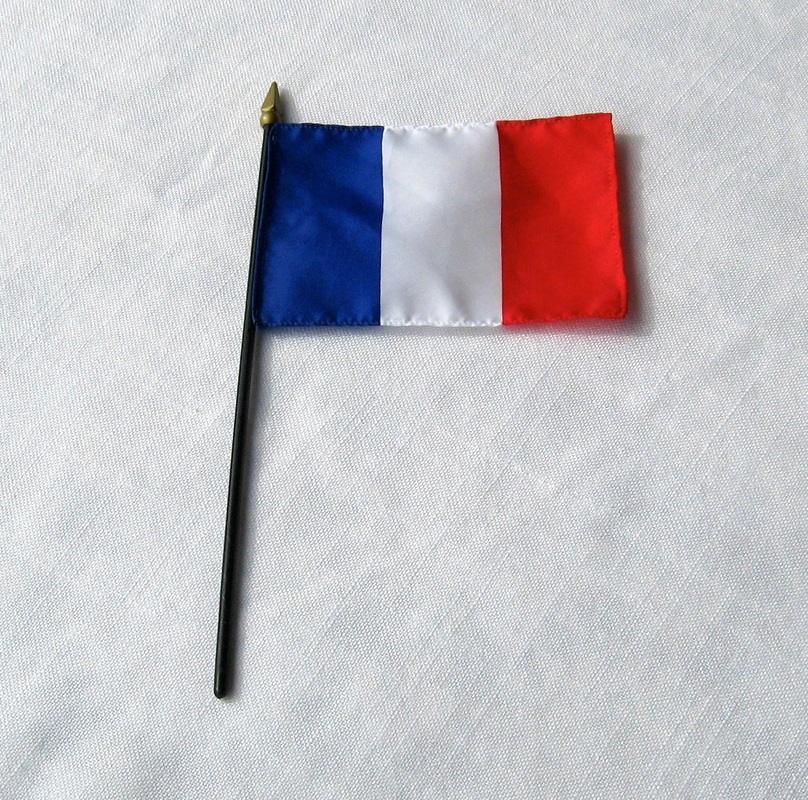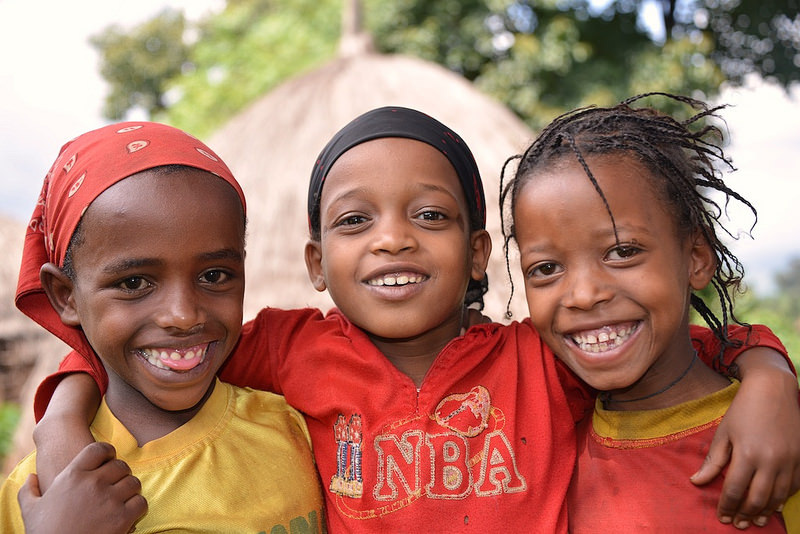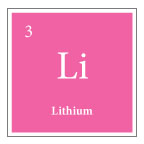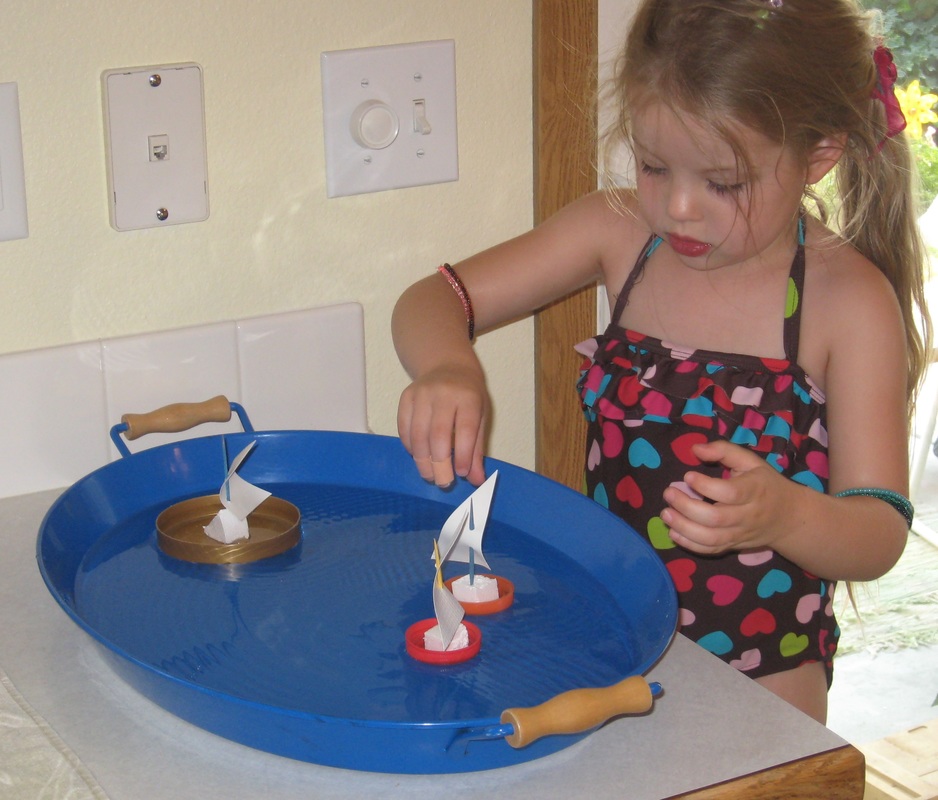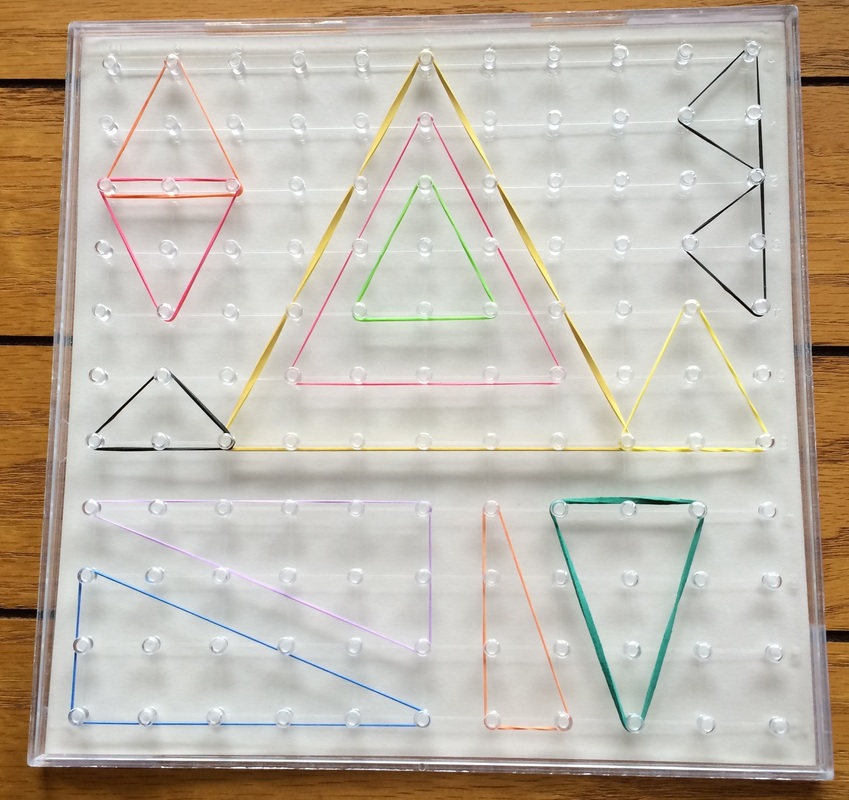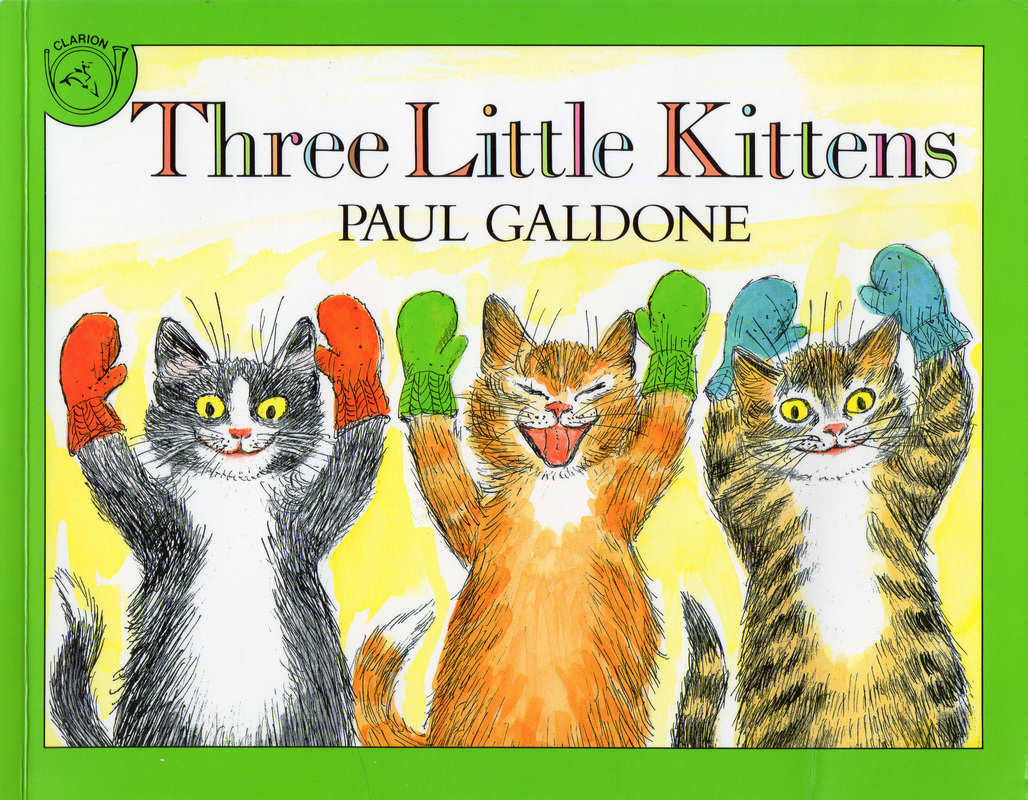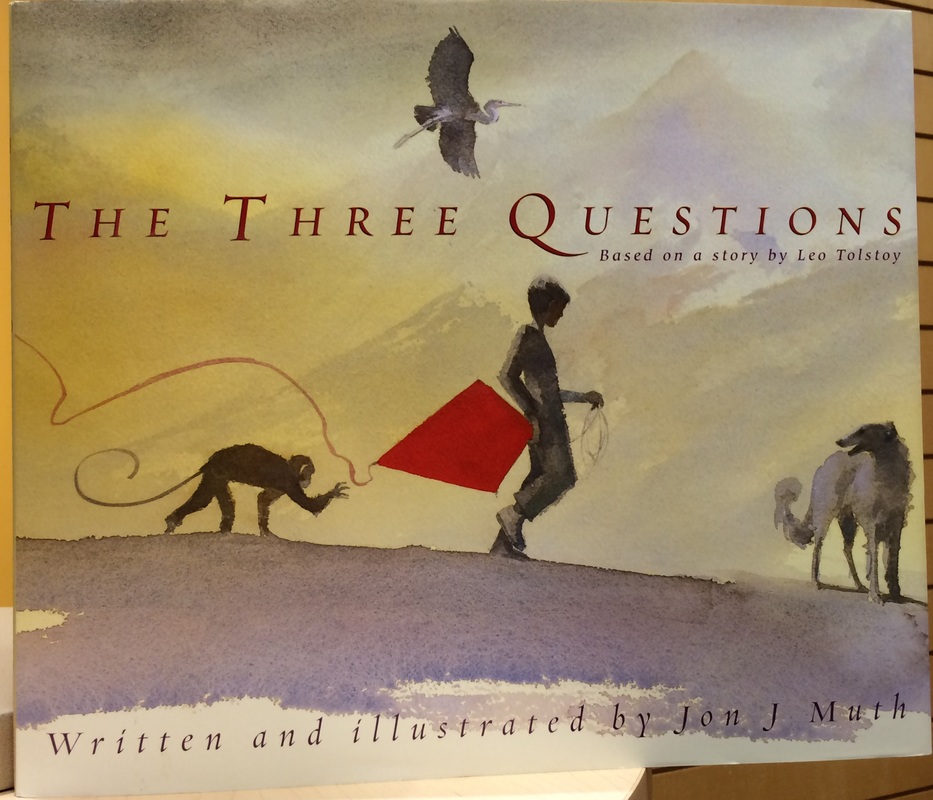| SNAP-Scaffolding for Numerical Synapses |
THREE
OBSERVING THREE WITH YOUNG CHILDREN
Observing three includes exploring geometric expressions of three, i.e., triangles; polyhedrons
such as a triangular pyramid, a triangular prism, and an icosahedron.
such as a triangular pyramid, a triangular prism, and an icosahedron.
|
INTRODUCTORY ACTIVITIES
LIFE SKILLS
SENSORIAL EXPLORATION
MATH
LANGUAGE
CULTURE
History and Timelines
Art and Music
Science
Astronomy
Botany/Zoology/Human Body
ADDITIONAL ACTIVITIES
|
|


